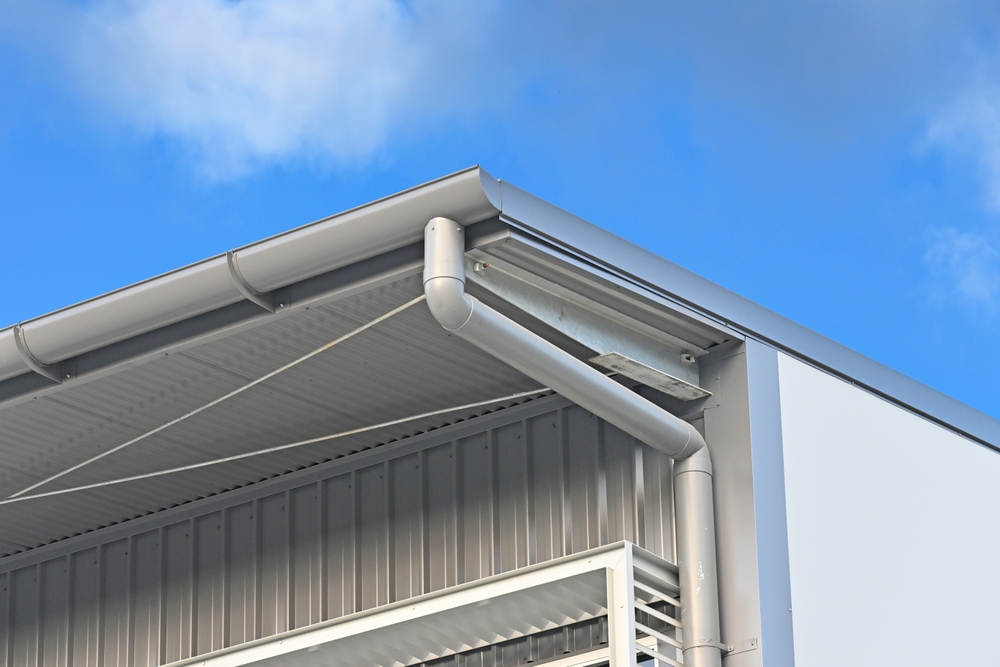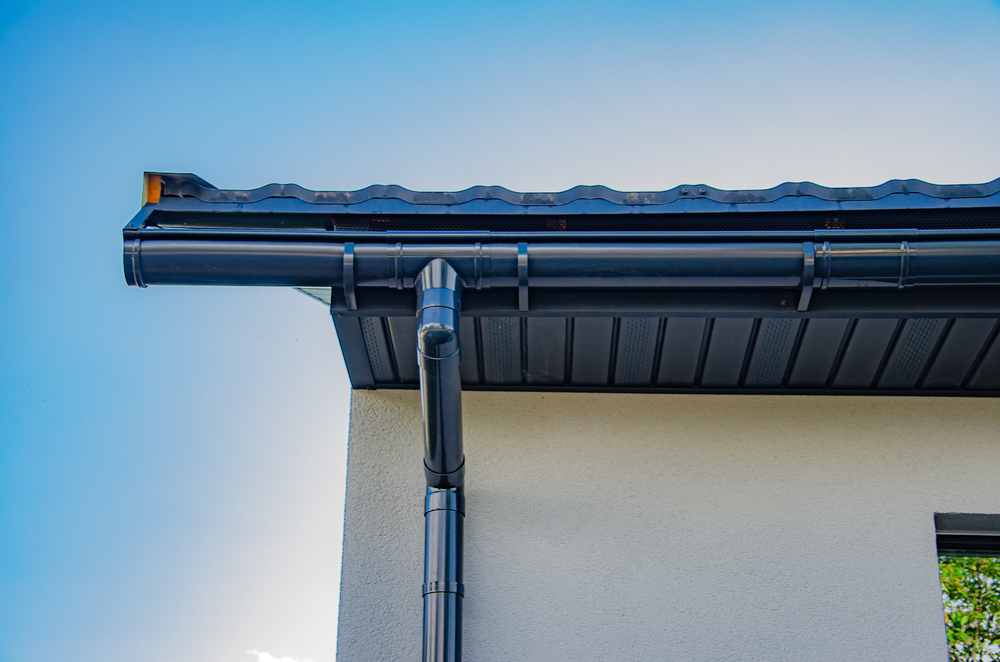Have you ever wondered why some Colorbond downpipes look ancient after decades, while others start failing within a few years? What is the secret to working inadequate during the summer and heavy rain that sweat these essential drainage components? Can proper maintenance really save you thousands of replacement costs under the track?
When it comes to protecting your home from water damage, your down life plays an important role that often does not notice until something goes wrong. Colorbond downpipes, with their specific durability and weather resistant coating, has been the choice of looking for long -term reliability for Australian homeowners. Yet these strong fixtures regularly need attention for their best performance.
Understanding Your Colorbond Downpipes
What Makes Colorbond Different from Standard Downpipes?
Colorbond downpipes are not just another drainage option they are particularly engineers for Australian conditions. The secret lies in their multi -level steel production, with a primer and a zincuumbase with a specially designed paint system. This combination creates extraordinary resistance to cutting, peeling and cracking the standard galvanized or plastic pipe simply cannot match.
Also, the smooth inner surface of the Colorbond downpipes improves the flow of water and reduces the possibility of debris accumulation. This means less ingredients than low obstacles and less often cleaning. The range of available colors allows spontaneous integration with the beauty of your home, while the strength of the material means that it can easily handle as an aluminum alternative without a knock or collision.
Expected Lifespan and Warranty Considerations
Most Colorbond downpipes have a producer guarantee, depending on your location and proximity to the marine environment. In standard suburban settings, you can expect the last 30-40 years of proper care for these down pipes. The coastal properties can see a slightly less service life due to salt exposure, usually 20-30 years.
The warranty usually covers the holes with rust and significant disappearance of colors, but it is important to understand which actions can make your coverage zero. Using rigid chemicals, physical damage from ladder or equipment and non -maintenance of gutters can all affect your warranty requirements. Protect the installation documentation and receipt. If problems arise, you need them.
How Often Should You Clean Colorbond Downpipes?
Seasonal Maintenance Schedule for Australian Climates
Creating a maintenance routine that aligns with Australian seasons makes perfect sense for protecting your investment. In most areas, a thorough inspection and clean should be at least twice in the late autumn annually when the leaves have fallen and kicked again in the spring before the storm again in the spring before the storm season. Properties with heavy tree coverage might need quarterly attention.
For tropical areas experiencing wet and dry seasons, adjust your schedule accordingly. Clean thoroughly before the wet season begins to handle the increased water volume, then again afterwards to remove any accumulated debris. In bushfire-prone regions, an additional mid-summer check helps clear potentially dangerous dry matter that could become fuel for fires.
Signs Your Downpipes Need Immediate Attention
Sometimes your downpipes will tell you they need help before your scheduled maintenance rolls around. The water flowing from the gutter during the moderate rains suggests an obstacle somewhere in the system. Strange Guggling voice or slow drainage indicates partial obstacles that require clearing after the rain stops.
Visual cues matter too. Staining on exterior walls near downpipes often signals overflow issues or failed joints. Plants growing from joints or brackets mean seeds have found moisture and debris to thrive in a sure sign cleaning is overdue.

Step-by-Step Cleaning Guide for Colorbond Downpipes
Essential Tools and Safety Equipment
Before starting a drainage maintenance, you need to gather the right tools to function safely and efficiently. You need a strong ladder with someone who works to detect you, serves gloves to protect you from sharp edges, and safety glass to protect against falling debris. A bucket or tarp catches a bucket or tarp dirt under the work area and protects the garden beds.
For real cleaning, share yourself with a plumber hose or flexible drainage equipment, a garden hose with adjustable nozzle and a soft brush that will not complete the colors. A small hand helps to. Consider purchasing a gutter scoop specifically designed for Australian-standard gutters.
The Right Way to Remove Debris and Blockages
Clean the leaves, twigs and accumulated sediments and start at the top. Work systematically with each section, instead of collecting the debris in the bucket, instead of pushing it towards a drainage opening. When the gutter is ready, you can rinse them with water to check the flow speeds and identify any problem areas.
For blocked drains, start with mild methods before growing. Try to flush with a hose from the top, using moderate pressure to dislike minor obstacles. If the water returns, pour the hose into a plumber gently, rotate when feeding it to break different compact materials. Avoid excessive force that can damage joints or protective coating.
Best Cleaning Solutions That Won’t Damage the Coating
The nice with the elimination of Colorbond means that rigid chemicals are not necessary for regular cleaning. Hot water with a small amount of light, ph-nuetural detergents effectively handles the most dirt and ground. Apply with soft cloth or sponge, work in sections and rinse well with clean water to prevent the construction of soaps.
For stubborn spots or mold growth, one-part white vinegar solution in four parts creates water. This natural cleaner will not damage protective coating by effectively breaking organic materials. Apply with a spray bottle, leave for 10-15 minutes, and then gently scrub with a soft brush before rinsing completely rinsing.
Common Problems and How to Fix Them
Dealing with Dents and Minor Damage
Small dents in the Colorbond downpipes are not just cosmetic problems they can limit the flow of water and create a weak point where corrosion can begin. For shallow dents, try the hot water method: pour boiling water over the area whilst gently pushing from behind if accessible. The metal often springs back to shape as it expands.
Deeper dents might require more intervention. Remove the affected section if possible and work on a flat surface. Use a rubber mallet and a wooden block to gradually work the dent out from the edges towards the centre. Take your time rushing risks creating creases that won’t straighten properly.
Addressing Water Overflow Issues
Water overflowing from downpipes during rain signals capacity or blockage problems requiring prompt attention. Start by checking the obvious leaves blocking the inlet, bird nests in openings, or debris at ground-level outlets. Clear these obstructions and test with a hose to confirm normal flow restored.
If the overflow persists despite clear pipes, you can decrease down to the roof area. Calculate the impact field on the roof and the intensity of precipitation for your area to determine the required capacity. It may be necessary to add extra drainage or upgrade to a large diameter tube.
Protecting Your Investment: Preventative Measures
Installing Gutter Guards and Leaf Diverters
Gutter guards represent one of the best investments for reducing downpipe maintenance. Quality guards keep leaves and large debris out whilst allowing water through, dramatically reducing blockage frequency. Choose guards designed for your roof type corrugated, tile, or flat ensuring proper fit and water flow.
Leaf Divertors installed at the drainage input provides additional protection, which acts as the first phase of filters. These simple tools catch the debris before catching the debris, which enter the duping system, making cleaning very easy. Regular models require timely emptying, while self -cleaning versions use rainwater current that automatically removes debris.
Weatherproofing for Extreme Conditions
Australian weather extremes demand specific protective measures for downpipe longevity. In cyclone-prone regions, ensure all brackets and fixings exceed local building code requirements. Add extra support points and consider installing flexible joints that adjust the building movement under high wind without failure.
For areas that experience excessive heat, thermal expansion, which does not tighten the brackets and ensures that the joints can be extended slightly further. Paint brackets and fixation of paint with heat-containemplative coatings to reduce temperature voltage. In regions with severe hail risk, consider protective covers for vulnerable sections or positioning downpipes in sheltered locations.
Your Colorbond Downpipe Maintenance Checklist
After discovering the big world of Colorbond downpipe the maintenance of drains, you are now equipped with knowledge that potentially converts heavy work into controlled regular care. Instead of treating regular cleaning, the most important takeaway leads, focusing on minor problems and understanding your specific environmental challenges to a difference between reliable service and premature failure for decades.
Your Colorbond downpipes represent a significant investment in your property’s water management system. By using appropriate cleaning methods that retain protective coating, by seasonal maintenance plan and knowing when professional help is sensible, you position yourself for long -term success.

